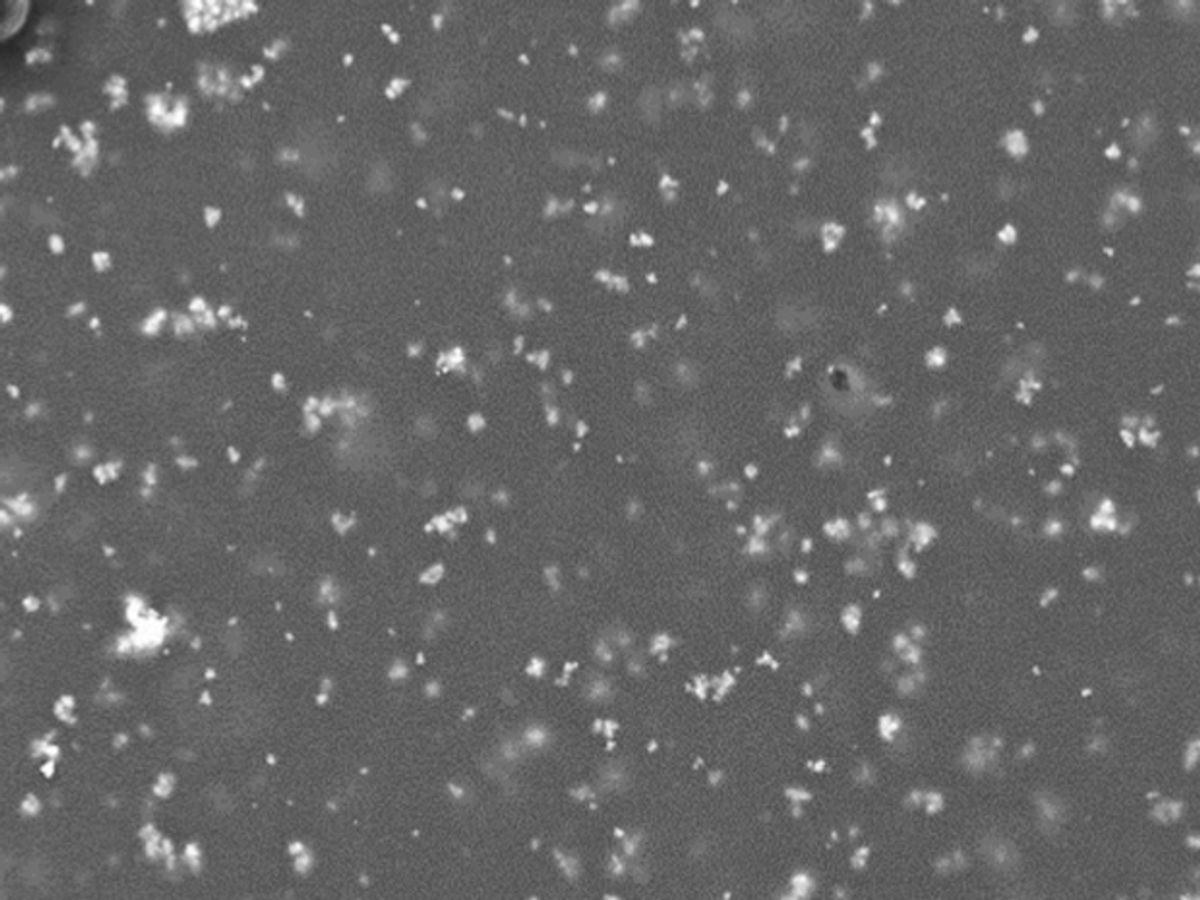Researchers in South Korea have taken a step towards wearable devices based on spintronics. They have made a stretchy thin film that retains its useful electric and magnetic properties even when highly curved.
While conventional electronic circuits exploit an electron’s charge-carrying property, spintronics harnesses the quantum mechanical property of electrons known as spin. The premise is that you can flip electrons’ spin by applying a small voltage in special multiferroic materials.
Researchers are trying to use this property to create special kinds of magnetic logic circuits and non-volatile magnetic memories that would be denser, faster, and more energy-efficient than today’s technology. That means smartphones and computers that switch on instantly and consume a fraction of the energy they do today.
The South Korean team used the promising multiferroic material bismuth ferrite. While many known multiferroics require low temperatures to work, bismuth ferrite works at room temperatures. The problem with devices made from the material though is their high leakage current, “which hinders the strong electric properties," said YoungPak Lee, a physics professor at Hanyang University in Seoul, said in a press release.
Lee and his colleagues found that making a flexible film from bismuth ferrite improved the material’s electric and magnetic properties. They started by making bismuth ferrite nanoparticles that were about 24nm in size. They mixed these in a polymer solution and dried it to make a flexible, slightly stretchable film. The thin film kept its improved electric and magnetic properties even when bent into a cylinder.
The small size of the nanoparticles improve the materials’ magnetic properties while the polymer’s dielectric properties improved the current-leakage problem, the researchers say. Lee and his coworkers reported their results in Applied Physics Letters.
Prachi Patel is a freelance journalist based in Pittsburgh. She writes about energy, biotechnology, materials science, nanotechnology, and computing.



